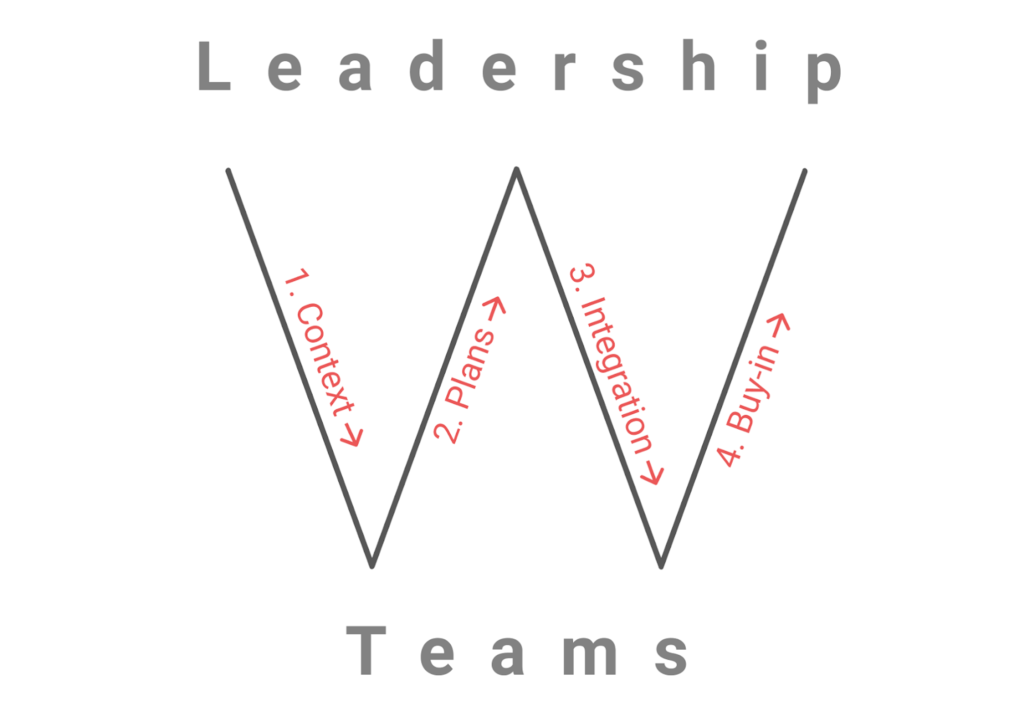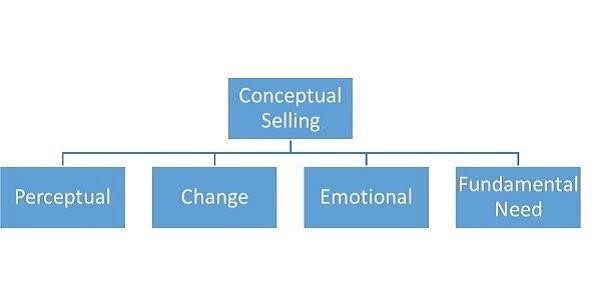If you own a business or work with businesses, you most likely already know that growth is essential for a company’s long-term success. However, achieving growth can be difficult and often requires tough decisions about where to allocate resources. Today we will discuss the W Framework, a marketing technique you may have yet to hear about. The framework consists of four elements: Winners, Losers, Wannabees, and Wildcards. The scope of this article is to show you how to use the W framework to build a successful growth strategy for your business.
What is W Framework?

The W Framework is a growth strategy that helps businesses identify untapped markets and new growth opportunities. The W framework is based on the concept that companies need to think beyond their existing markets and customer base to find new sources of growth.
The W Framework provides a structure for identifying these untapped markets and understanding the needs of potential customers. The framework is divided into four quadrants: W1, W2, W3, and W4.
Each quadrant represents a different stage in the market development process. Businesses start in the W1 quadrant, representing the current market, and then move to the W2 quadrant, representing adjacent markets.
Finally, they reach the W3 and W4 quadrants, representing entirely new markets. By using the W Framework, businesses can more effectively identify growth opportunities and develop strategies for tapping into those markets.
W Framework 4-Step Process
Whether it’s a long-term strategy or just the following year’s Plan, planners often need help to let go of the Moses mentality, even if they know from experience that dictating from on high rarely produces the desired results. More people need to become involved than that.
W Framework integrates ideas from the executive level and the appropriate teams inside the firm to produce a more practical yet strategically sound strategy. Unlike other activities a company may undertake, planning presents unique challenges. Instead of focusing on day-to-day operations, a massive group of individuals must consider multiple futures, agree on a particular future, and then develop a specific plan to reach that goal.
What they discovered to be at the heart of nearly all unsuccessful planning efforts is addressed by the framework: A fundamental misunderstanding of responsibilities and deadlines. There often needs to be clarity inside organizations about who should have input, when, and what precisely each stakeholder is responsible for providing and to whom. Not having answers to these questions might cause confusion and disappointment while making plans.
In this model, the leadership group at the top of the firm or business unit is separated from those carrying out day-to-day operations, such as the marketing or smaller task teams responsible for monitoring individual products. The framework is named after the letter W because of how work will zigzag between supervisors and workers as it makes its way up and down the chain of command.
Context
Leadership offers Context. Top-down direction is essential for effective planning, and teams must clearly understand their goals and objectives for the duration of the Plan. At this point, leadership should be OK with making the Plan perfect.
In planning, leadership should refrain from trying to show off their expertise. It’s an opportunity to impart knowledge and solicit input from others. Successful leadership requires participation from everyone. Once the strategic Plan has taken shape, the leadership must assign team members to take responsibility for its implementation.
In any business, it’s important to be able to spot external factors that can affect your company. This is especially true when trying to enter a new market. The first step of the W Framework is to level the Context, which means understanding the macro and micro factors at play. This includes everything from the political and economic climate to the demographics of your target audience.
Once you have an idea of the Context, you can start to make informed decisions about how to position your company for success. By taking the time to level the Context, you can give your business a leg up on the competition, and you’ll be poised to succeed.
Plans
Teams then offer their proposed Plan. Now that we have established the Context, we can develop actionable strategies for the leadership team’s various objectives. But the experts quickly point out that anything the leadership has offered so far is up for discussion at this level. This is the opportunity for teams to point out any serious problems with the Plan or suggest an alternative strategy.
They warn that one common mistake at this point is for people to work in silos for too long without communicating with one another or the management. Having an off-target strategy, as a result, is possible. A second mistake is treating the leadership’s orders as though they were set in stone. The purpose of this phase is to allow different teams to present their perspectives based on their fieldwork.
The W Framework is a strategic planning tool that businesses of all sizes can use. The framework is designed to help organizations achieve their objectives by identifying and addressing the key challenges they face. The W Framework consists of the Working Model, the Win-Win Map, and the Waterline. The Working Model is a tool that helps organizations to identify and understand the critical drivers of their business.
The Win-Win Map is a tool that helps organizations to identify and prioritize their objectives. A Waterline is a tool that helps organizations identify and handle the risks associated with their business. By using the W Framework, businesses can develop a comprehensive strategy to help them achieve their goals and objectives.
The W Framework is a project planning methodology that defines a project’s “What, Why, When, Who, and How.” By clearly answering these questions at the outset, the project team can stay focused on the goals and deliverables throughout the project. The “What” defines the overall goal of the project and what will be delivered at the end.
The “Why” explains the need for the project and how it will benefit the organization. The “When” establishes timelines and milestones for completing the project. The “Who” identifies who will be responsible for each task. And finally, the “How” defines how the project will be executed. By answering these questions upfront, organizations can set themselves up for success with any project.
Integration
An integrated plan is shared by leadership. The leadership takes all the separate plans and puts them together. They set goals, allot resources, and coordinate the whole enterprise under one Plan. Being aggressive enough, attempting to do too much, and being evasive about the tough decisions that need to be taken are all common mistakes.
The W Framework is a model for growth that emphasizes the importance of integration. To succeed, businesses must focus on integrating their people, processes, and technologies. People must be aligned with the company’s goals, and processes must be designed to support those goals. Technologies must be used to drive efficiency and enable new capabilities.
When all these elements work together, businesses can achieve their full potential. The W Framework provides a roadmap for businesses to follow as they strive for growth. Businesses can create a solid foundation to support their continued success by focusing on integration.
Buy-in
Teams confirm their buy-in. If you were caught off guard by this development, know I was, too. According to the advisors, this step is frequently disregarded or ignored altogether. Given the time and energy spent on the second stage and the likelihood that certain elements will have been altered or scrapped, taking care is required when communicating the integrated plans to team leaders. The top brass should double-check that nothing critical has been overlooked.
The W Framework is a growth strategy businesses can use to achieve sustainable and scalable success. To buy into the W Framework, businesses must commit to four key areas: market analysis, customer acquisition, product development, and organizational design.
- Market analysis: Businesses must take the time to understand their target markets and identify growth opportunities.
- Customer acquisition: Businesses must create a plan for acquiring new customers and retaining existing ones.
- Product development: Businesses must develop innovative products and services that meet the needs of their target markets.
- Organizational design: Businesses must design their organizations to support growth and scale.
By buying into the W Framework, businesses can position themselves for long-term success.
The W Framework provides order to an otherwise chaotic procedure. It also helps to delineate the creative, right-brain stages of strategy development from the more logical, left-brain stages that follow. Strategic planning is hampered when right- and left-brain tasks are not treated as distinct entities. If your current planning method is cumbersome or inefficient, you may want to give this one a shot. Outlining roles and expectations fosters cooperation rather than contention.
Growth Marketing Strategy Tips
As the name implies, growth marketing is all about achieving growth for your business. And while there’s no one-size-fits-all approach to growth marketing, specific strategies and tactics can help you achieve your desired results. Here are a few growth marketing tips to get you started:
With a clear understanding of your KPIs, it will be easier to measure your progress and determine what’s working and what isn’t. take the time to outline the most important KPIs to your business and invest in tracking them.
Do Your Research
Before you launch any growth marketing campaigns, it’s essential to do your research and understand your target market. What are their needs and wants? What are their pain points? What motivates them? Once you understand these things well, you’ll be in a much better position to create campaigns that resonate with them.
Test, Test, Test
A vital part of any successful growth marketing strategy is testing. You should constantly test different ideas and campaigns to identify what’s working best for your business. This will require some trial and error, but it’s essential for finding the right growth strategy for your business.
Focus on Quality Over Quantity.
Quality is more important than quantity when it comes to growth marketing, and it’s better to have a smaller number of high-quality leads than a large number of low-quality leads. So, make sure you’re putting your efforts into generating targeted traffic that is more likely to convert into customers or clients.
Be Patient
Growth doesn’t happen overnight, so patience is essential when implementing a growth marketing strategy. Rome wasn’t built in a day, and your business will likely reach its full potential over time. So, don’t get discouraged if you don’t see immediate results; keep working hard, and eventually, you will see the fruits of your labor pay off.
Conclusion
When it comes to growing your business, there are many different factors to consider. How can you reach more customers? How can you improve and differentiate your product or service? What are your highest costs? The W Framework is a tool that can help you to answer these questions and develop a successful growth strategy.
The W Framework starts with understanding your target market. Who are your potential prospects? What are their needs? What does your product or service solve for them? Once you understand your market, you can develop a plan for reaching them. This might involve things like advertising, PR, or developing new partnerships.
Once you have customers, you need to keep them happy. This means constantly looking for ways to improve your product or service and keeping an eye on your costs so that you can continue to offer competitive prices. By continually focusing on these two areas, you can continue to grow your business.
If you need help marketing your product or services, click here, and we’ll be in touch.



